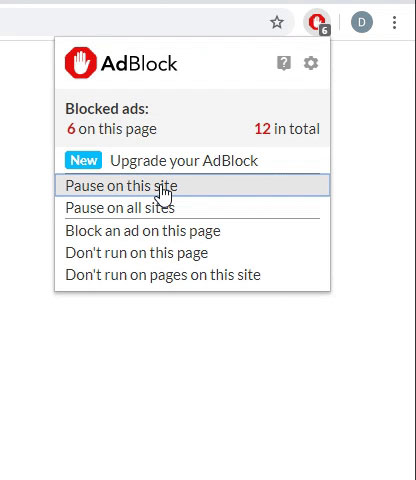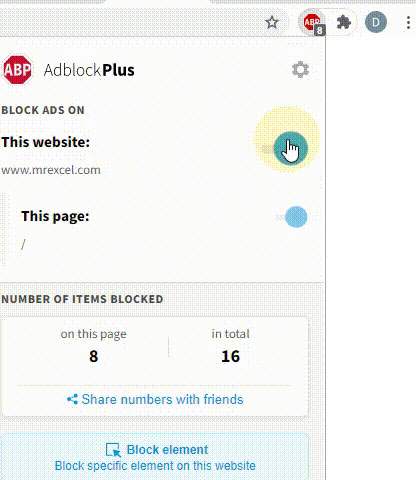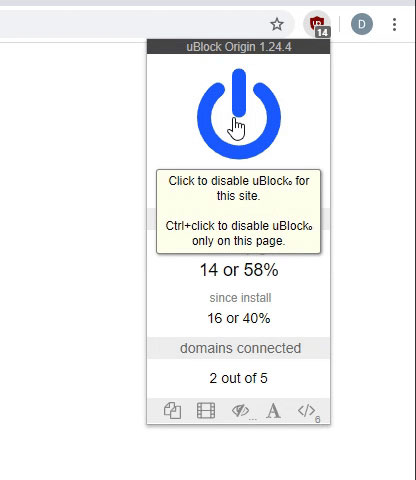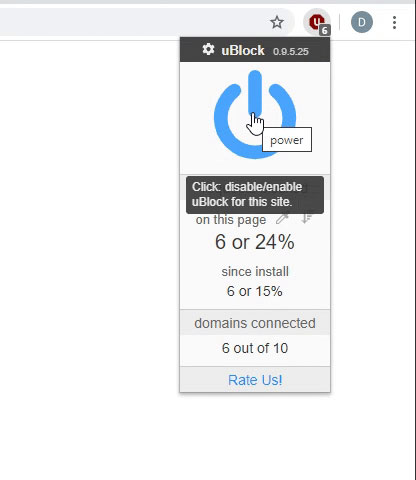Yamasaki450
Board Regular
- Joined
- Oct 22, 2021
- Messages
- 81
- Office Version
- 2019
- Platform
- Windows
Hello everyone... I need some help again.
I need VBA code to highlight all duplicate numbers red between two ranges in each column separately. And then highlight all numbers blue according
to last duplicate number in that column. I made this manually for the first column to show this more clearly. See screenshot.
I also need to be able to adjust the ranges in VBA code... they are not always the same.
Does anyone have time and skill to write VBA code for this?
As always.
Thank you guys...
I need VBA code to highlight all duplicate numbers red between two ranges in each column separately. And then highlight all numbers blue according
to last duplicate number in that column. I made this manually for the first column to show this more clearly. See screenshot.
I also need to be able to adjust the ranges in VBA code... they are not always the same.
Does anyone have time and skill to write VBA code for this?
As always.
Thank you guys...






